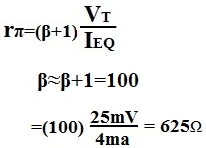
See the ARC HelpDeskfor information on which software packages have campus licenses. I will default to this program for examples, but you are welcome to use other packages if you prefer.

I've already demoed it sans bracket to a lot of teachers at the school, and at least one of them would be willing to pay me to build such a device for them, and I've been scratching my head over just putting another pirated copy on the duplicate or selling it with the price of Mathematica included. Some topics we cover will be more easily discussed using symbolic manipulation and numerical analysis on computers. I designed a bracket to hold the thing together, and, once the 3D printing gets done (over the weekend, I'll go to a place that does it), I'll have an arm-mounted teaching tool! Since the Mathematica license is expensive, a Raspberry Pi computer. I put a pirated copy of Mathematica on the Pi (couldn't find a way to transfer the one I already payed for), wrote a few scripts that do useful things (such as show slope fields, illustrate integrals, show solutions to differential equations, that kind of stuff), and pre-rendered a few animations that show essential concepts (I'm still in the process of that one). This document describes a new Mathematica package, DiscreteSets.m programmed in PiWolfram. I already had a Raspberry Pi I ordered a battery and miniature keyboard for it, as well as a pico projector (for projecting onto the surface of the desk). Mathematica 12 performs significantly faster on the Raspberry Pi 4 than previous versions.

Some weeks ago I got fed up with using a graphing calculator (I tutor high school students in my spare time), and began to devise an alternative solution. A teaching tool is exactly what I'm using it for.


 0 kommentar(er)
0 kommentar(er)
